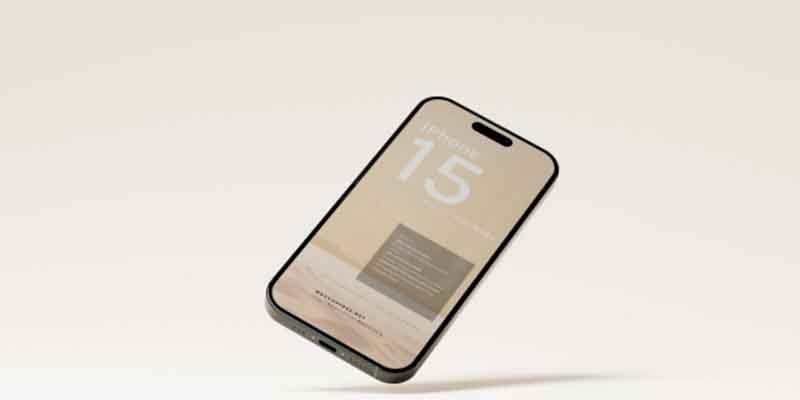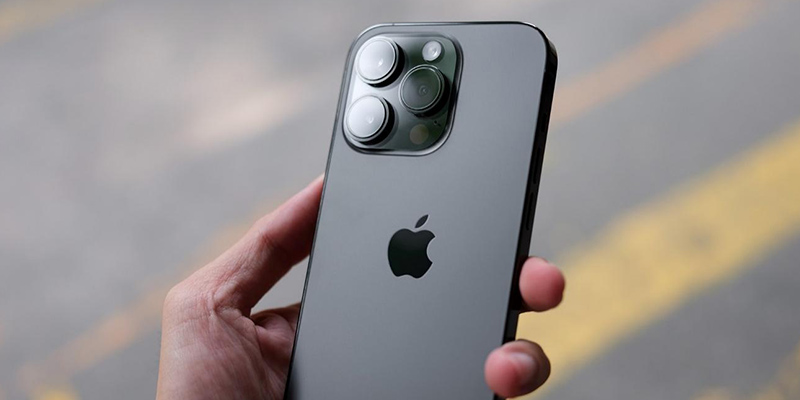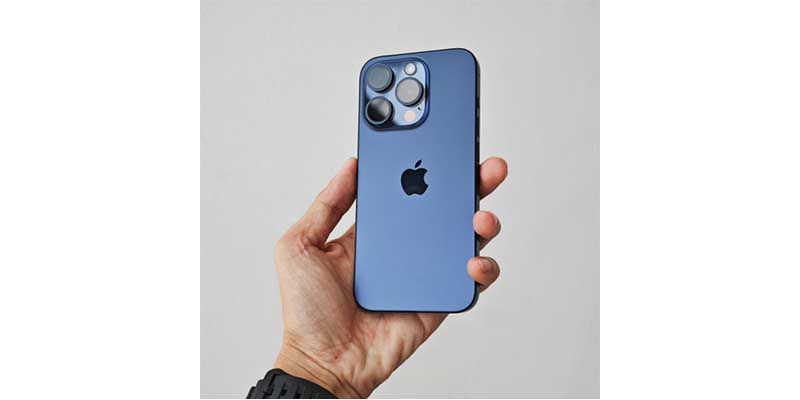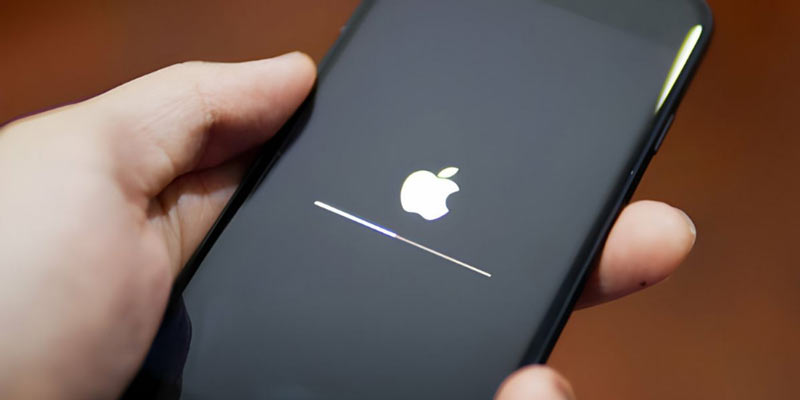In September 2023, Apple will release its newest flagship models, the iPhone 15 and iPhone 15 Plus, along with their more expensive siblings, the iPhone 15 Pro and iPhone 15 Pro Max.
There is no better time to think about buying an iPhone 15 or iPhone 15 Plus than when they go on sale on Friday, September 22. One significant benefit is that you won’t have to worry about a better model appearing on the market any time soon.
The iPhone 15, with a 6.1-inch screen, and the iPhone 15 Plus, with a massive 6.7-inch display, are innovations that promise long-lasting greatness.
They are expected to continue serving as important components of Apple’s flagship portfolio for the foreseeable future.
This in-depth article examines every aspect of the iPhone 15, discussing its remarkable features, pricing information, and the most recent media rumors. Join us as we thoroughly examine the iPhone 15 and learn insightful things about this amazing gadget.
Introducing the Hardware Marvels of the Apple iPhone 15
1. 2X and 3X Zoom for Enhanced Zoom Capabilities
The impressive 5x optical zoom offered by Apple’s iPhone 15 Pro Max is a major improvement over the 3x zoom seen on the iPhone 15 Pro and the iPhone 14 from a prior generation. This improvement in zooming brings us new possibilities for photographing far-off objects in detail.
Additionally, the camera detects people or animals and automatically records depth information without switching to Portrait mode, giving your pictures a more polished appearance.
With a 3x zoom telephoto module, identical to their predecessors, the iPhone 15 Pro versions are just a little behind. While there may not have been a big change in the camera’s physical design, Apple’s emphasis on computational photography contributes significantly to the camera’s remarkable results. This strategy improves the user’s overall photography experience by offering spectacular images and videos in various settings.
2. The Seven Cameras in iPhone 15
Incorporating seven different cameras is one of the distinguishing qualities of the iPhone 15 series. Apple added two more compositional options to the primary camera, thus cropping the primary camera’s field of vision (FOV) to 28mm and 35mm in addition to the pre-existing 48mm 2x “camera.”
Even while these aren’t technically separate cameras, Apple views them as such and provides users with various options to get the ideal photo for any situation.
Incorporating seven different cameras is one of the distinguishing qualities of the iPhone 15 series. Apple added two more compositional options in addition to the primary camera, thus cropping the primary camera’s field of vision (FOV) to 28mm and 35mm in addition to the pre-existing 48mm 2x “camera.” Even while these aren’t technically separate cameras, Apple views them as such and provides users with various options to get the ideal photo for any situation.
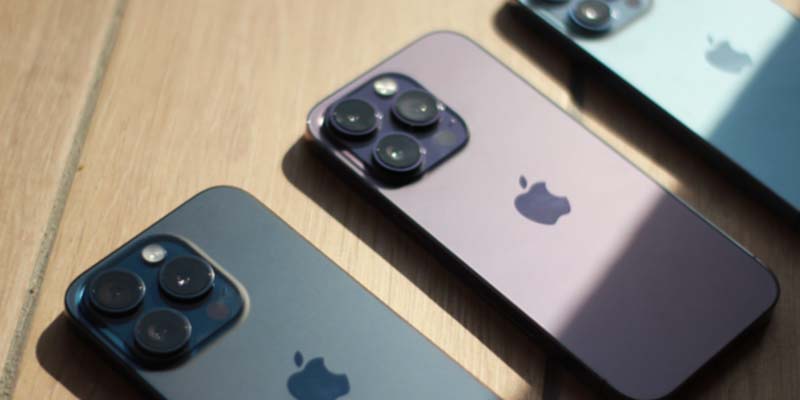
3. Design and Notable Features
The iPhone 15 has a familiar design that has been slightly improved in terms of looks and use. The same rear case maintains the device’s svelte and upscale appearance. The aluminum frame is now gently softened at the edges, which improves grip and makes it more comfortable to hold.
Adding the Dynamic Island to the regular models is one of the most prominent design modifications. The notch is removed thanks to this innovation, which is replaced by a software component that hides the Face ID and front camera sensors. Additionally, the Dynamic Island gives your device some life by displaying Live Activity animations for various apps.
The design shows Apple’s dedication to reparability. The front and back glass of the gadget are kept apart from the integral components by a central metal frame. This strategy reduces costs for users needing to replace a panel while improving reparability.
4. The Powerhouse Under the Hood: iPhone 15 Processor
The new iPhone 15 series has a powerful engine beneath the hood in addition to the camera and design improvements. Compared to the iPhone 14 and iPhone 14 Pro Max, these devices operate better thanks to the A16 Bionic chip from the prior generation. Spatial awareness is improved with the addition of a second-generation Ultra Wideband chipset, and the Thread radio improves the HomeKit device connection.
It’s crucial to remember that the performance difference between the iPhone 15 and its predecessor may take time to become apparent for routine chores and app usage. However, some activities, particularly those that use the Neural Engine, might see significant advancements. Because of this, the iPhone 15 is not only a dependable smartphone for daily usage but can also handle applications and tasks that are more demanding.
5. Understanding the 24MP Default Mode
The default camera shooting setting on the iPhone 15 series is one of the noticeable upgrades. Although these devices’ sensors are technically capable of taking photographs with a resolution of 48MP, Apple has chosen to use a different method in the default shooting mode.
The camera uses the pixel-binning method in this default setting. It turns several pixels into one, producing lower-resolution images with a few advantages. By enhancing the photographs’ dynamic range, this method makes sure that both dark and light parts are recorded with astounding clarity. Pixel-binning also helps to make the photos sharper, improving the overall quality.
Even if you pick 48MP, the camera will occasionally automatically switch to this lesser resolution, so keep that in mind. Examples of these situations are night mode, Live Photo, macro photography, and utilizing the flash. No matter the shooting circumstances, you will always get the greatest results thanks to its intelligent adaption.
6. Pricing and Comparisons
The main concern for many prospective customers is whether the iPhone 15 is worth its asking price. Starting at $799, the regular iPhone 15 models strike a balance between price, durability, and use. However, Apple is aware that every user has a distinct budget and set of preferences. With its outdated hardware, the $429 iPhone SE is nevertheless an excellent choice for people on a limited budget.
The iPhone 14 and iPhone 14 Plus start at $699 if you want the most recent features but also want to look at earlier models. The two-year-old iPhone 13 is also still available, with prices starting at $599. Thanks to these options, there is an iPhone to suit everyone’s demands and budget, which caters to a wide spectrum of users.
7. Moving to USB-C
With the iPhone 15, one of the biggest changes is the switch from the Lightning port, which has been a mainstay of Apple products for years, to a USB-C port. It’s important to note that the USB-C connector on ordinary iPhones can only support USB 2.0 speeds, even though this move is appreciated and in line with industry standards.
The absence of an MFi program, which allows customers to utilize third-party cables and peripherals without official certification, distinguishes this shift. This feature allows customers to customize and personalize their selections by choosing various accessories. The iPhone continues to support fast charging with a USB PD adaptor; therefore, charging speeds are stable.
Comparing iPhone 15 Prices with iPhone 14
For prospective consumers, it’s critical to comprehend how the iPhone 15’s pricing compares to that of the iPhone 14’s predecessor. One of Apple’s most fascinating releases in recent memory, the iPhone 15 Pro and 15 Pro Max certainly raised the bar for perfection.
However, these improvements have a cost, just like every big technological innovation. The beginning price of the iPhone 15 Pro is $999 (£999, AU$1,849), which is curiously the same as the 2017 iPhone X’s debut pricing. However, the iPhone 15 Pro Max costs $100 more than the previous year’s model. Notably, Apple has dropped support for the model with the smallest amount of storage—128GB—making the $1,199 model with the largest storage the new standard.
This cost alignment puts the iPhone 15 Pro Max in the same price range as the powerful Samsung Galaxy S23 Ultra, setting up a tough competition between the two tech behemoths.
Let’s take a closer look at a full breakdown to give you a clearer picture of pricing and storage options:
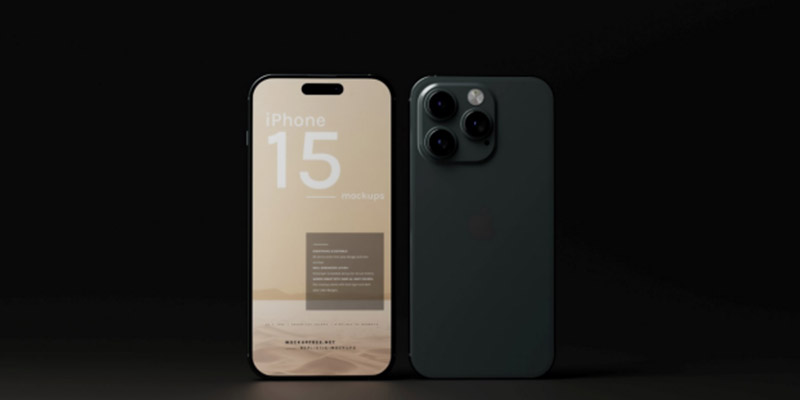
Pricing and Storage Comparison
- iPhone 15 Pro 128GB: $999 in the US, £999 in the UK, AU$1,849 in Australia.
- iPhone 15 Pro 256GB: $1,099 in the US, £1,099 in the UK, AU$2,049 in Australia.
- iPhone 15 Pro Max 256GB: $1,199 in the US, £1,199 in the UK, AU$2,199 in Australia.
- iPhone 15 Pro 512GB: $1,299 in the US, £1,299 in the UK, AU$2,399 in Australia.
- iPhone 15 Pro Max 512GB: $1,399 in the US, £1,399 in the UK, AU$2,549 in Australia.
- iPhone 15 Pro 1TB: $1,499 in the US, £1,499 in the UK, AU$2,749 in Australia.
- iPhone 15 Pro Max 1TB: $1,599 in the US, £1,599 in the UK, AU$2,899 in Australia.
Consumers can choose from multiple pricing levels to find the model that best fits their requirements, preferences, and budget. Customers can find the ideal compromise between features and price points thanks to the iPhone 15 series’ availability of numerous storage sizes to accommodate varying usage patterns.
Summing Up!
Numerous notable upgrades have been made to the iPhone 15, especially in camera technology. Switching to USB-C is a respectable move, and the design has only seen minor tweaks.
Your unique requirements, financial situation, and how much importance you place on the newest features and improvements will ultimately determine whether you decide to purchase the iPhone 15. The iPhone 15 provides alternatives for everyone, so it has plenty to offer whether you’re a serious photographer or just looking for a dependable smartphone.
